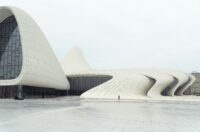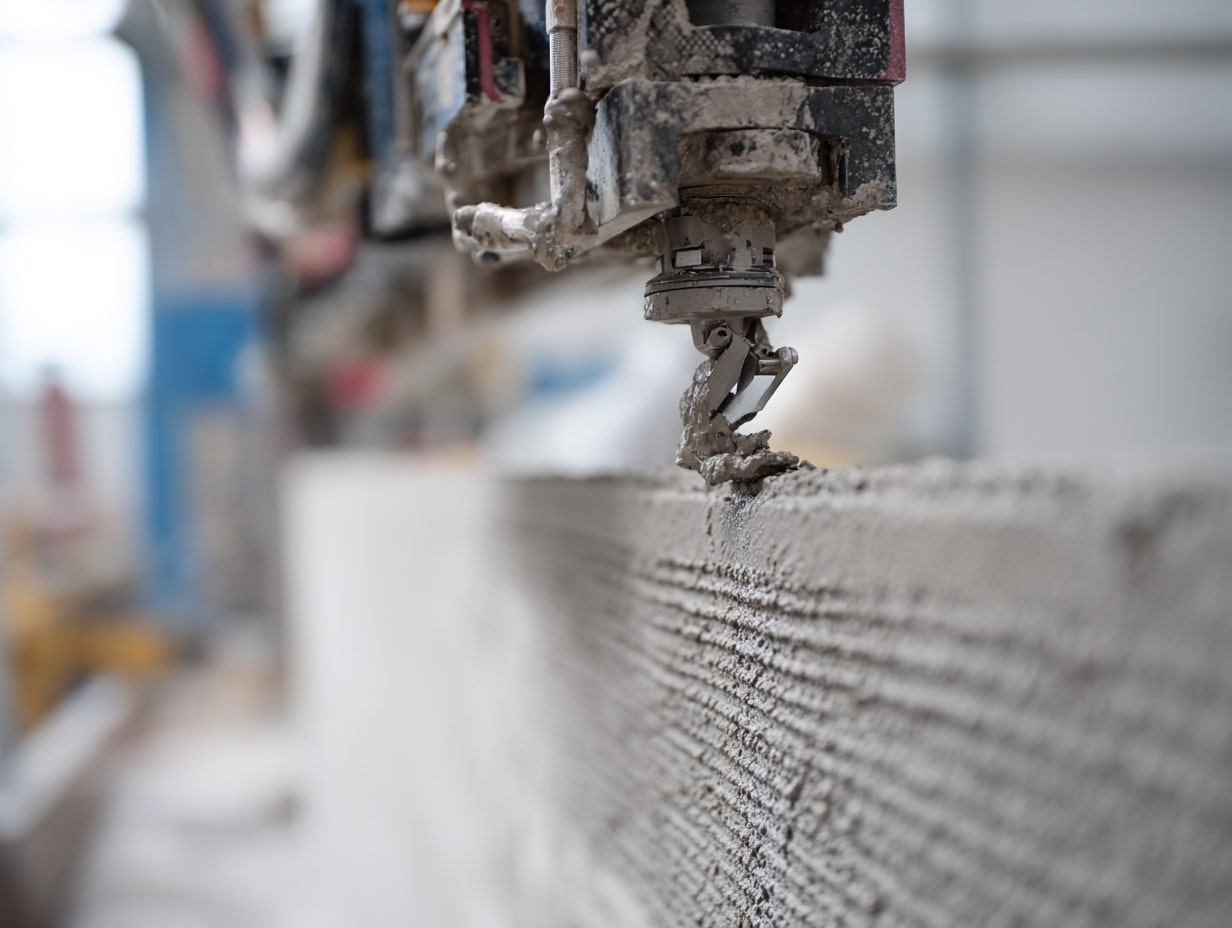- Home
- Articles
- Architectural Portfolio
- Architectral Presentation
- Inspirational Stories
- Architecture News
- Visualization
- BIM Industry
- Facade Design
- Parametric Design
- Career
- Landscape Architecture
- Construction
- Artificial Intelligence
- Sketching
- Design Softwares
- Diagrams
- Writing
- Architectural Tips
- Sustainability
- Courses
- Concept
- Technology
- History & Heritage
- Future of Architecture
- Guides & How-To
- Art & Culture
- Projects
- Interior Design
- Competitions
- Jobs
- Store
- Tools
- More
- Home
- Articles
- Architectural Portfolio
- Architectral Presentation
- Inspirational Stories
- Architecture News
- Visualization
- BIM Industry
- Facade Design
- Parametric Design
- Career
- Landscape Architecture
- Construction
- Artificial Intelligence
- Sketching
- Design Softwares
- Diagrams
- Writing
- Architectural Tips
- Sustainability
- Courses
- Concept
- Technology
- History & Heritage
- Future of Architecture
- Guides & How-To
- Art & Culture
- Projects
- Interior Design
- Competitions
- Jobs
- Store
- Tools
- More
Exploring Archviz in the Design Process: Enhancing Communication and Decision-Making
Explore the transformative role of architectural visualization (archviz) in the design process with our comprehensive article. Discover how advanced technology enhances communication, decision-making, and client engagement through realistic visual representations.

In the ever-evolving world of design, architectural visualization (archviz) has become an essential tool that transforms our creative ideas into vivid realities. By harnessing the power of technology, we can explore intricate details and concepts that were once confined to our imagination. This not only enhances our design process but also fosters better communication with clients and stakeholders.
As we dive into the realm of archviz, we’ll uncover its impact on various stages of design, from initial sketches to final presentations. By leveraging realistic 3D models and immersive environments, we can streamline our workflow and make informed decisions that elevate our projects. Join us as we explore how archviz is reshaping the design landscape and discover the benefits it brings to our creative endeavors.

Table of Contents
ToggleUnderstanding Archviz
Architectural visualization (archviz) plays a crucial role in the design process. It transforms abstract concepts into tangible visual representations, fostering better understanding and communication among designers and clients.

Definition and Importance
Archviz refers to the use of digital tools to create detailed visual representations of architectural designs. This practice enables us to visualize projects in realistic contexts, incorporating lighting, materials, and textures. Its importance lies in several areas:
- Enhanced Communication: Archviz provides clear visuals that help convey design intents, reducing ambiguity for clients and stakeholders.
- Decision-Making Support: Realistic visuals facilitate informed decisions by allowing stakeholders to see the project before its physical realization.
- Design Validation: We can use archviz to test design concepts, refining elements based on visual feedback, leading to improved outcomes.
Key Concepts
Understanding key concepts of archviz allows us to harness its potential effectively:
- 3D Modeling: 3D modeling serves as the foundation of archviz, creating digital representations of structures and spaces.
- Rendering Techniques: Rendering techniques like ray tracing and image-based lighting enhance visual realism and depth, emphasizing design details.
- Animation: Animation enables dynamic presentations, showcasing how spaces interact and function over time, providing foundational insights into user experience.
- Virtual Reality (VR): VR immerses viewers in a virtual environment, allowing real-time exploration of designs, establishing a deeper connection with projects.
By grasping these concepts, we can utilize archviz to its fullest, elevating our design processes and outcomes.
Benefits of Archviz in Design Process
Archviz brings numerous advantages to the design process, particularly in enhancing communication and improving decision-making. With its ability to create realistic visualizations, it significantly impacts how we interact with clients and stakeholders.

Enhanced Communication
Enhanced communication occurs when archviz translates complex design concepts into clear visuals. We present ideas more effectively, facilitating discussions that include specific design elements and spatial relationships. Visual representations, such as 3D renderings and interactive models, allow clients to visualize spaces before construction begins. This clarity minimizes misunderstandings and streamlines feedback, ensuring all parties remain aligned throughout the design journey. By incorporating archviz, we strengthen our ability to convey design intentions accurately.
Improved Decision-Making
Improved decision-making results from the in-depth insights provided by archviz. We utilize detailed visualizations to assess design options, enabling better evaluations of aesthetics, functionality, and feasibility. Data-driven visuals help us predict outcomes and assess spatial interactions, leading to informed choices based on real-world applications. Archviz allows us to identify potential issues early, reducing costly changes during later stages. By fostering a clearer understanding of the project, we enhance our ability to make strategic decisions that align with client goals.
Tools and Technologies for Archviz
We leverage various tools and technologies to enhance our architectural visualization (archviz) processes. These software solutions and emerging technologies empower us to create stunning visual experiences that improve our design workflows.

Software Solutions
We utilize several leading software solutions in our archviz projects. These tools support 3D modeling, rendering, and animation, enabling us to bring our design concepts to life.
- Autodesk Revit: This software streamlines architectural design and documentation, allowing us to create intelligent 3D models.
- SketchUp: We often use SketchUp for its user-friendly interface, making quick 3D modeling and visualization easy for various design phases.
- 3ds Max: Known for its powerful rendering capabilities, we rely on 3ds Max to produce high-quality images and animations.
- Lumion: Lumion enhances our presentations with real-time rendering and immersive environments, showcasing designs in lifelike settings.
- Blender: This open-source software allows us to create complex models and animations, offering versatility in our visualizations.
These software solutions collectively improve our efficiency, allowing us to deliver exceptional archviz products to our clients.
Emerging Technologies
Emerging technologies further redefine our approach to archviz. Integrating these innovations keeps us ahead of industry trends and enhances our creative capabilities.
- Virtual Reality (VR): We implement VR to provide clients with immersive experiences, enabling them to explore spaces before construction starts.
- Augmented Reality (AR): AR technology facilitates real-time interactions with 3D models, allowing us to overlay designs onto physical environments.
- Artificial Intelligence (AI): AI assists in automating repetitive tasks, improving our design accuracy and speeding up the visualization process.
- 3D Scanning: With 3D scanning, we capture real-world conditions, ensuring our models reflect precise dimensions and details.
- Cloud Computing: Utilizing cloud platforms enables us to share large files effortlessly and collaborate across teams, streamlining our workflow.
By embracing these emerging technologies, we enhance our archviz practices, creating compelling visual narratives that resonate with clients and stakeholders alike.
Best Practices for Implementing Archviz
Implementing architectural visualization (archviz) in our design workflow requires strategic approaches to maximize its benefits. Focusing on integration and collaboration enhances the overall efficiency and effectiveness of the design process.

Integrating Archviz into Workflow
Integrating archviz into our existing workflow optimizes the design process. Establish clear stages where archviz can enhance understanding, such as concept development, design reviews, and client presentations. Utilize 3D modeling software to create early visualizations and present them for feedback. Streamline communication by maintaining consistency across platforms. Implement cloud-based solutions for easy access to visual assets and real-time collaboration. Ensure that all team members are trained on tools and workflows, facilitating seamless integration.
Collaborating with Stakeholders
Collaboration with stakeholders fosters a more inclusive design experience. Involve clients and other relevant parties early in the process. Share visualizations frequently to ensure alignment and gather input on designs. Use interactive models and VR experiences to engage stakeholders, allowing them to explore spaces from multiple perspectives. Schedule regular check-ins to discuss feedback, enhancing transparency and trust. Tailor presentations to address specific concerns and preferences, reinforcing stakeholder connection to the project.
Challenges in Archviz Adoption
Adopting architectural visualization (archviz) presents several challenges. We must address budget constraints and technical skills gaps to fully leverage its benefits in the design process.

Budget Constraints
Budget constraints can limit access to advanced archviz tools and technologies. Many firms face tight budgets, affecting their ability to invest in high-quality software or skilled personnel. Costs for 3D modeling, rendering, and animation can quickly add up, creating barriers to effective implementation. As project scales increase, the financial demands often outpace available resources, resulting in subpar visualizations that fail to communicate design intent. We must find cost-effective solutions or allocate resources strategically to overcome these financial hurdles and realize the full potential of archviz.
Technical Skills Gap
A significant technical skills gap exists in many design teams, impeding successful archviz adoption. We encounter varying levels of expertise with tools and techniques, which can hinder the creation of detailed visual representations. Many designers lack experience with advanced software, such as Autodesk Revit or 3ds Max, leading to inconsistent outputs. Furthermore, the rapid growth of emerging technologies like virtual reality (VR) and artificial intelligence (AI) demands ongoing education and training. Investing in skill development through workshops, courses, and collaboration with skilled professionals can help bridge this gap and enhance team capabilities in leveraging archviz effectively.
Conclusion
Architectural visualization (archviz) plays a critical role in the design process, enabling us to transform abstract ideas into tangible, reality-based representations. We leverage advanced technologies to enhance creativity and communication at every design stage, from initial concepts to final presentations. This process not only enriches our workflow but also supports informed decision-making.
We recognize the importance of utilizing digital tools to create immersive visuals that foster understanding amongst designers, clients, and stakeholders. Key concepts, including 3D modeling, rendering, and virtual reality, integrate seamlessly into our design workflows, elevating the quality of our outcomes.
The specific benefits of archviz, such as fostering clearer communication and enhancing decision-making, clearly illustrate its value. By translating complex ideas into visual formats, we minimize misunderstandings and facilitate productive discussions. The detailed insights offered by archviz also allow for thorough evaluations of design alternatives and the early identification of potential issues.
Incorporating various software solutions like Autodesk Revit, SketchUp, and others enables us to utilize cutting-edge technologies in our projects. Emerging tools, including augmented reality and artificial intelligence, continuously reshape our approach to archviz, making it an essential component of our design practices.
By adhering to best practices for archviz implementation, such as engaging stakeholders early and establishing clear communication channels, we foster a collaborative environment that enhances project outcomes. Utilizing cloud-based solutions for real-time collaboration ensures that visual assets remain accessible, further streamlining our design processes.
We face challenges in archviz, particularly regarding budget constraints and the technical skills gap within teams. Addressing these issues through strategic resource allocation and ongoing training fosters a proactive approach to overcoming obstacles, ensuring we maximize the effectiveness of archviz in our design workflows.
- 3D Architectural Rendering
- 3D design communication
- 3D modeling for architecture
- 3D visualization for architects
- architectural design enhancement
- architectural design presentation
- Architectural Visualization
- architecture project communication
- architecture visualization services
- archviz design process
- decision-making in architecture
- design decision support tool
- enhancing design communication
- interactive architectural design
- planning with 3D visualization
- real-time rendering architecture
- virtual reality in architecture
I create and manage digital content for architecture-focused platforms, specializing in blog writing, short-form video editing, visual content production, and social media coordination. With a strong background in project and team management, I bring structure and creativity to every stage of content production. My skills in marketing, visual design, and strategic planning enable me to deliver impactful, brand-aligned results.
Submit your architectural projects
Follow these steps for submission your project. Submission FormLatest Posts
3D Printed Homes: Time, Cost, and What to Expect
3D printed homes explained: realistic timelines (24–72h walls, 8–16 weeks total), true...
How a Contact Centre Boosts Trust in Your Building Business
In construction, trust is the glue that holds projects together. Clients need...
How Real Time Parcel Geolocation Is Redefining Last Mile Efficiency for Modern Businesses
Last mile delivery has become the most critical point in the customer...
How Can Small Spaces Stay Stylish and Relaxing?
In today’s fast-paced urban lifestyle, small living spaces are becoming increasingly common....












Leave a comment